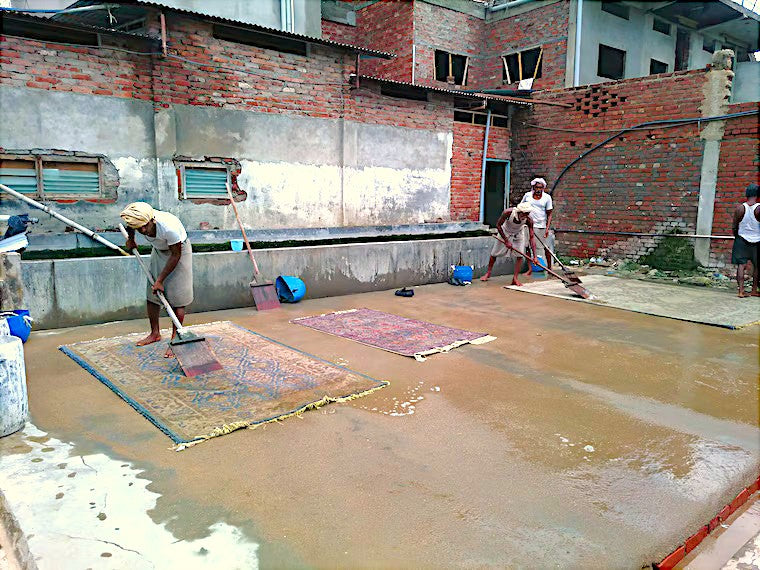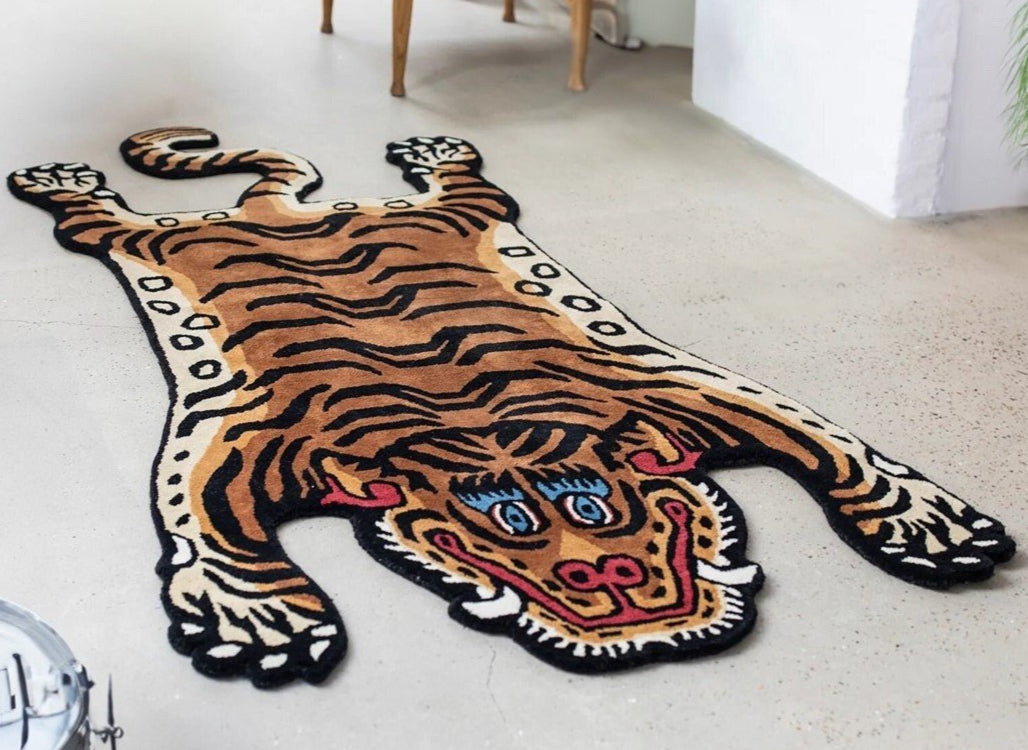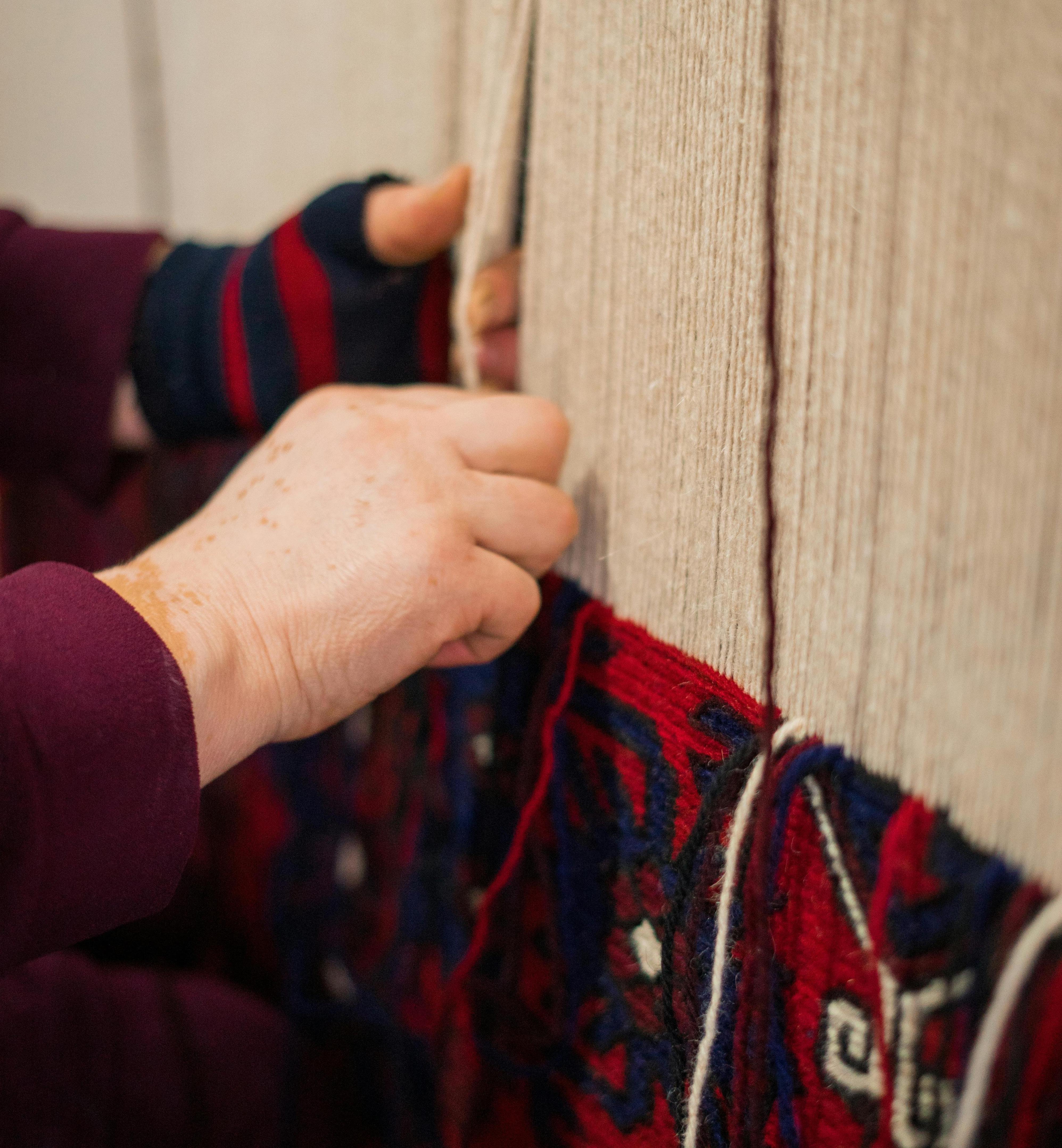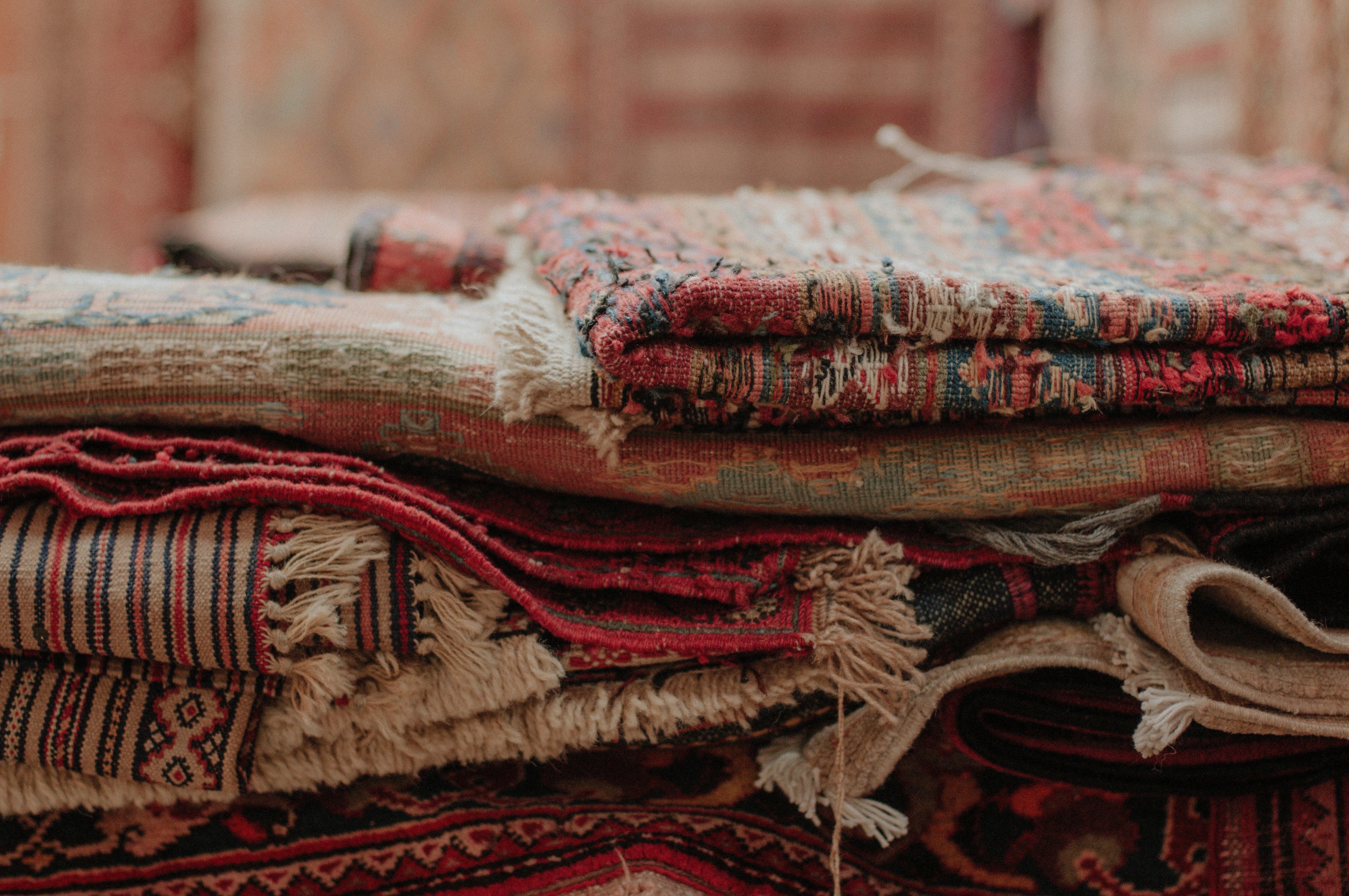
Is a Hand Knotted Rug Washable?
Is a Hand Knotted Rug Washable? Understanding Hand Knotted Rugs First
Before diving into the washing process, it’s important to understand what makes hand knotted rugs unique. Each rug can take months or even years to complete, with each knot tied by hand. The materials used are typically natural fibers such as wool, silk, or cotton, which can be sensitive to harsh chemicals and rough handling.
General Cleaning Tips
-
Regular Vacuuming: The best way to maintain a hand knotted rug is through regular vacuuming. Use a vacuum with a gentle suction setting and avoid using the beater bar, as it can pull on the knots and fibers, causing damage.
-
Spot Cleaning: For small spills or stains, act quickly. Blot (do not rub) the spill with a clean, dry cloth to absorb as much liquid as possible. Use a mild detergent mixed with water to gently dab at the stain. Always test the cleaning solution on a small, inconspicuous area first to ensure it doesn’t damage the fibers or colors.
-
Professional Cleaning: Given the delicate nature of hand knotted rugs, it’s highly recommended to have them professionally cleaned every 1-2 years. Professional cleaners have the expertise and equipment to deep clean your rug without causing harm.
Can You Wash a Hand Knotted Rug at Home?
Washing a hand knotted rug at home is not typically recommended, but if you choose to do so, here are some critical steps to follow:
-
Test for Color Fastness: Before any washing, ensure the colors in your rug won’t bleed. Dampen a white cloth with water and gently rub it on different areas of the rug. If the colors transfer to the cloth, do not proceed with washing.
-
Use Cold Water and Gentle Detergent: Fill a large, clean space like a bathtub or outdoor area with cold water. Add a small amount of gentle detergent, preferably one designed for wool or delicate fabrics.
-
Gentle Washing: Submerge the rug in the water and gently agitate it. Avoid scrubbing or using any harsh movements, as this can damage the fibers.
-
Rinsing: Thoroughly rinse the rug with cold water to remove all detergent. Ensure no soap residue remains, as this can attract dirt and cause further issues.
-
Drying: Lay the rug flat on a clean, dry surface to dry. Avoid hanging it, as this can cause the rug to stretch and warp. Ensure the rug is completely dry before bringing it back inside to prevent mold and mildew growth.
Now, the question is Why Choose Professional Cleaning?
-
Expertise and Experience: Professional rug cleaners possess specialized knowledge and experience in handling a variety of rug types and materials. They understand the nuances of different fibers, dyes, and weaving techniques, ensuring that each rug receives the appropriate care.
-
Deep Cleaning: Over time, dirt, dust, and allergens can penetrate deep into the fibers of a hand knotted rug, which regular vacuuming cannot remove. Professional cleaning reaches these deep-seated contaminants, ensuring a thorough cleanse.
-
Stain Removal: Professionals use advanced techniques and products to treat and remove stubborn stains that DIY methods might not effectively address. They can handle a wide range of stains, from wine and pet accidents to ink and food spills.
-
Preservation of Rug Structure: Improper cleaning methods can damage the delicate fibers and knots of a hand knotted rug. Professionals use gentle techniques that maintain the rug's structural integrity, preventing issues like unraveling or fiber damage.
-
Odor Elimination: Rugs can absorb and retain odors over time, especially in households with pets or smokers. Professional cleaning not only removes these odors but also ensures the rug smells fresh and clean.
The Professional Cleaning Process
Here’s what you can typically expect during a professional rug cleaning service:
-
Inspection and Assessment: The process begins with a thorough inspection of the rug to identify any stains, damage, or specific cleaning needs. The professionals will assess the rug's material, dye stability, and overall condition to determine the best cleaning approach.
-
Dusting: Before washing, the rug undergoes a dusting process to remove loose dirt and debris. This step is crucial as it prevents the dirt from turning into mud during the washing process, which can further embed into the fibers.
-
Pre-Treatment: Stains and heavily soiled areas are pre-treated with appropriate solutions to loosen dirt and stains. This step ensures that the subsequent cleaning is more effective.
-
Washing: Depending on the rug's material and condition, different washing methods may be employed. Some common methods include:
- Submersion Bathing: The rug is submerged in a bath of cold water mixed with mild detergent, then gently agitated to remove dirt and stains.
- Hand Washing: For delicate or antique rugs, hand washing may be performed to ensure the utmost care.
- Dry Cleaning: Some rugs may require dry cleaning methods, especially those made of sensitive fibers that could be damaged by water.
-
Rinsing: After washing, the rug is thoroughly rinsed to remove all soap residues. Multiple rinses may be required to ensure complete removal of cleaning agents.
-
Water Extraction: Excess water is carefully extracted from the rug using specialized equipment. This step helps to expedite the drying process and prevent water damage.
-
Drying: The rug is dried flat in a controlled environment to prevent stretching or warping. Proper drying is essential to prevent mold and mildew growth.
-
Finishing Touches: Once dry, the rug undergoes final inspections and finishing touches. This may include brushing the fibers to restore their natural alignment and softness.
-
Post-Cleaning Inspection: A final inspection ensures the rug meets quality standards and that all stains and contaminants have been effectively removed. Any necessary repairs may also be performed at this stage.
Choosing the Right Professional Cleaner
When selecting a professional rug cleaner, consider the following factors:
- Reputation: Look for companies with positive reviews and a good reputation in the industry.
- Experience: Choose a cleaner with extensive experience in handling hand knotted rugs.
- Certifications: Certifications from professional organizations, such as the Institute of Inspection Cleaning and Restoration Certification (IICRC), can indicate a high level of expertise.
- Customer Service: A reputable cleaner should offer excellent customer service, providing clear communication and detailed explanations of their cleaning process.
Professional cleaning is an essential aspect of maintaining hand knotted rugs. It not only enhances the rug’s appearance but also extends its lifespan, preserving its beauty and value for generations to come. By entrusting your hand knotted rug to experienced professionals, you ensure that it receives the meticulous care and attention it deserves.
Explore all the Hand Knotted Rugs in our shop.



